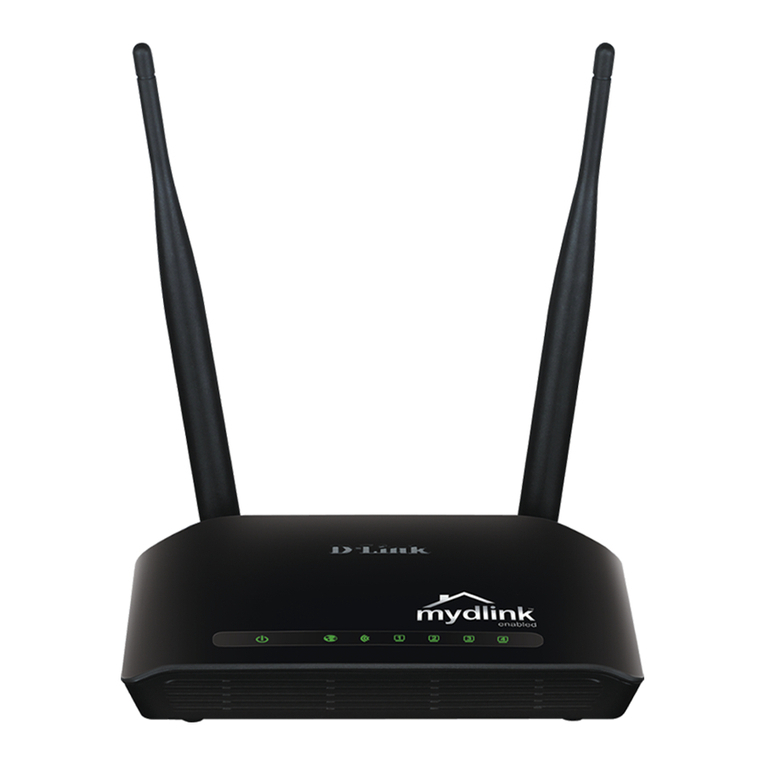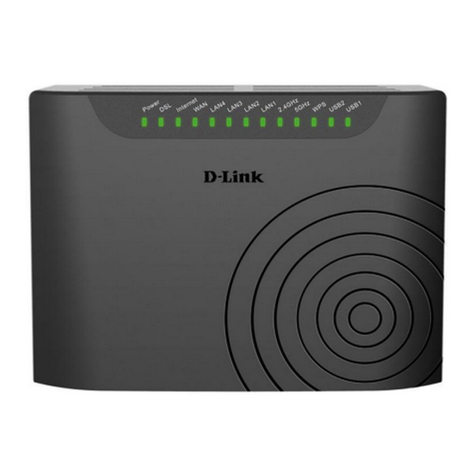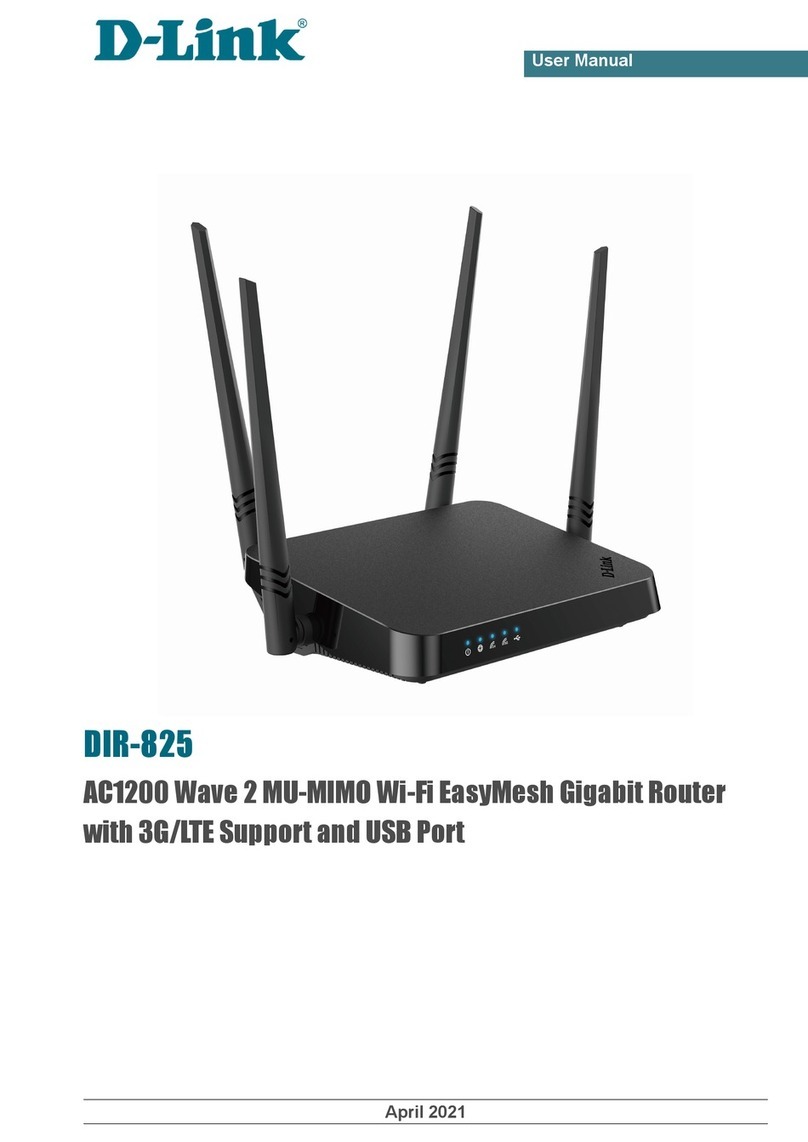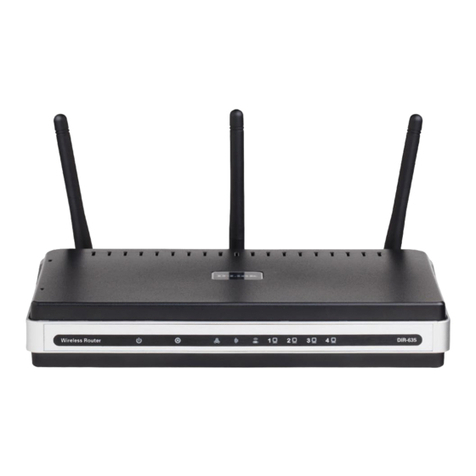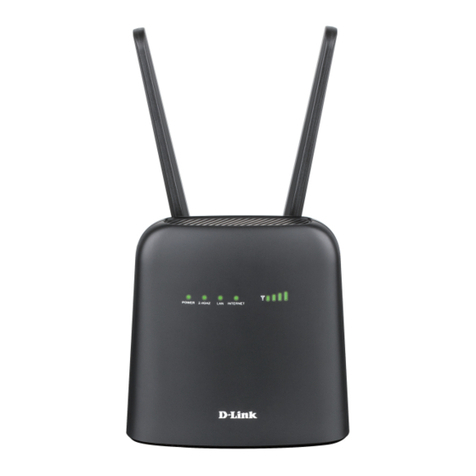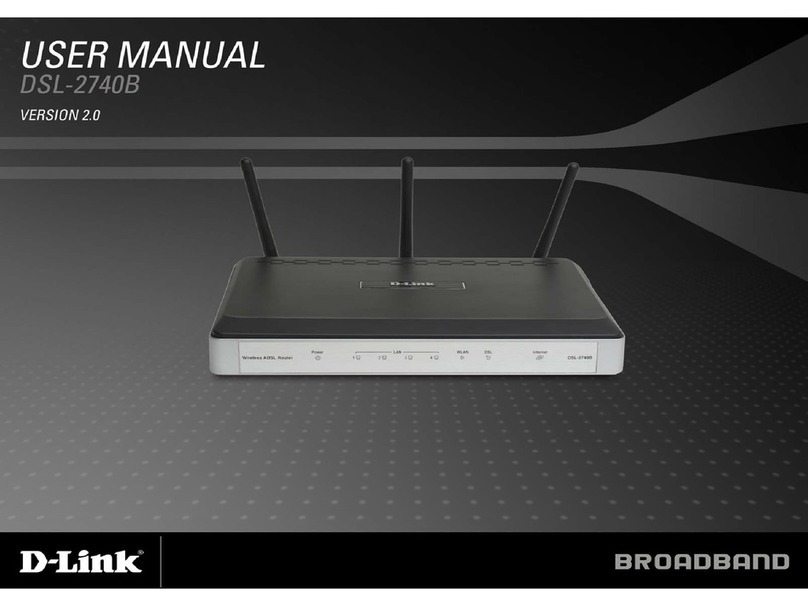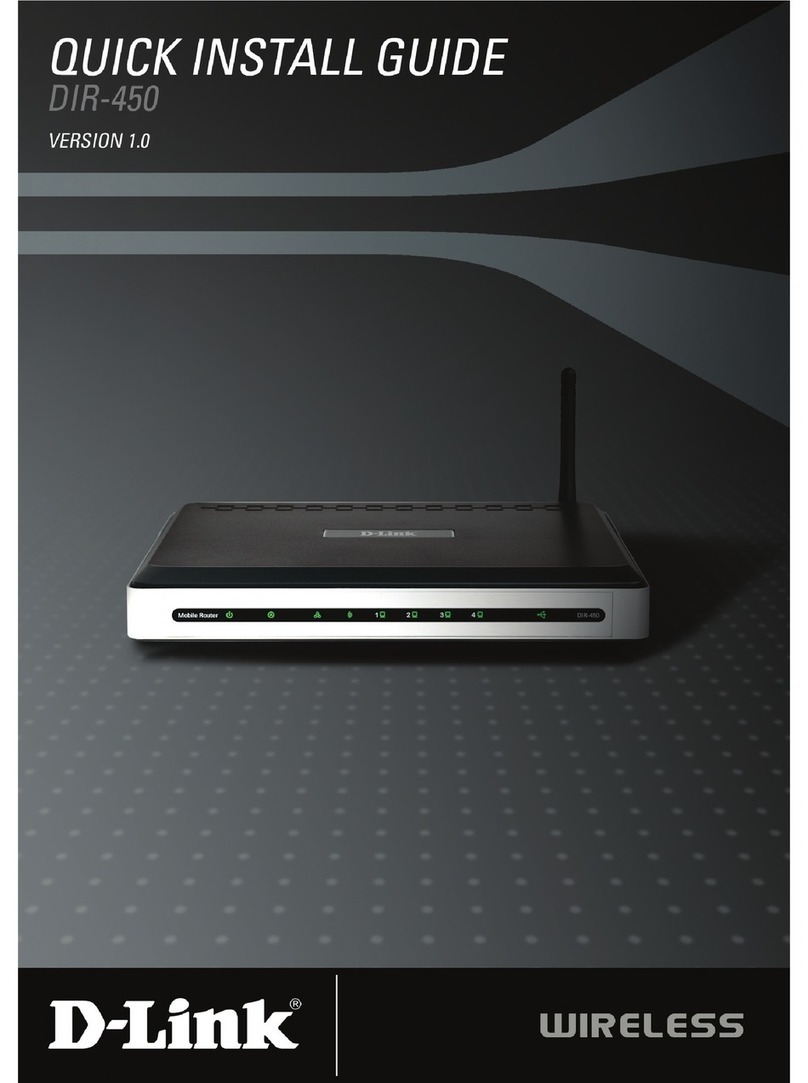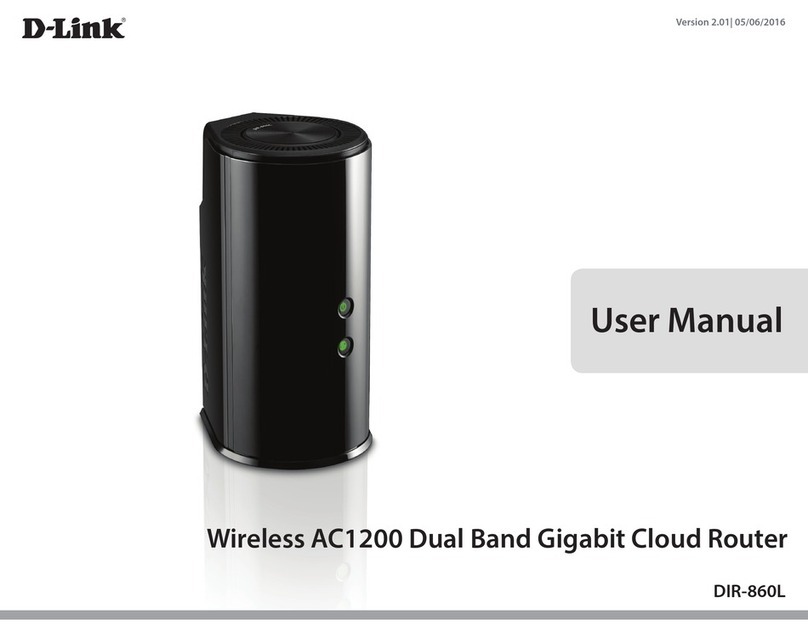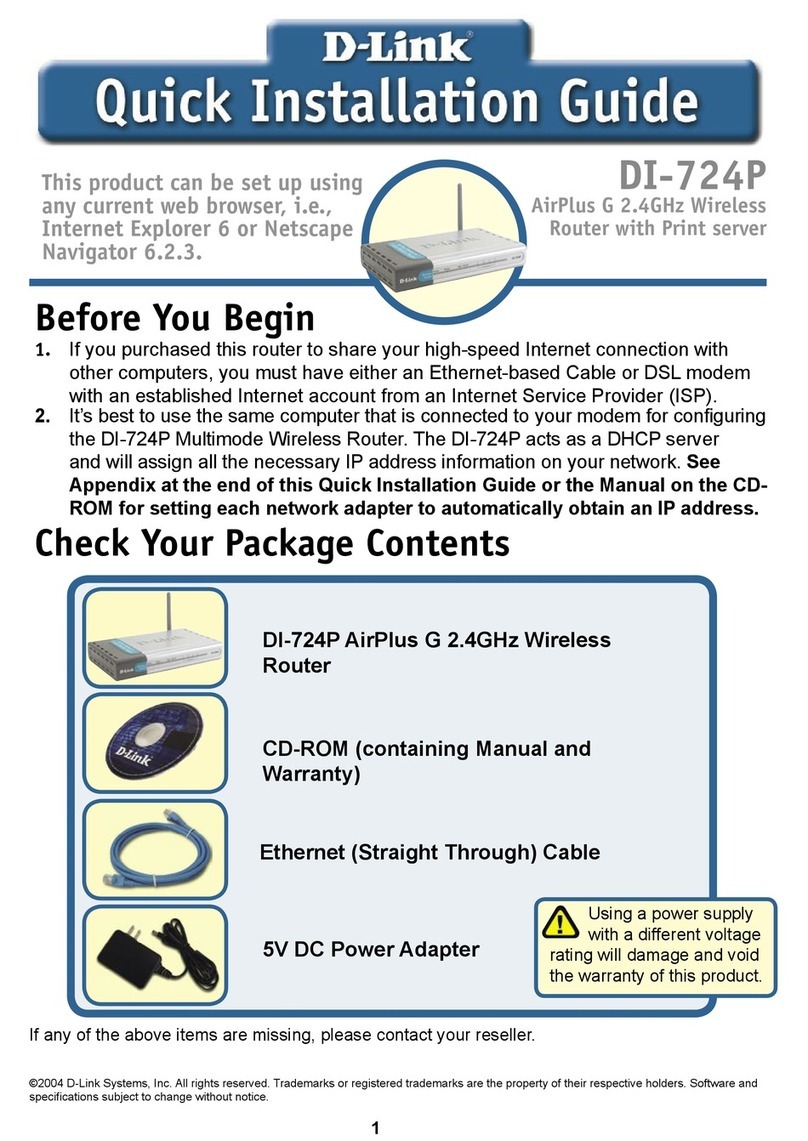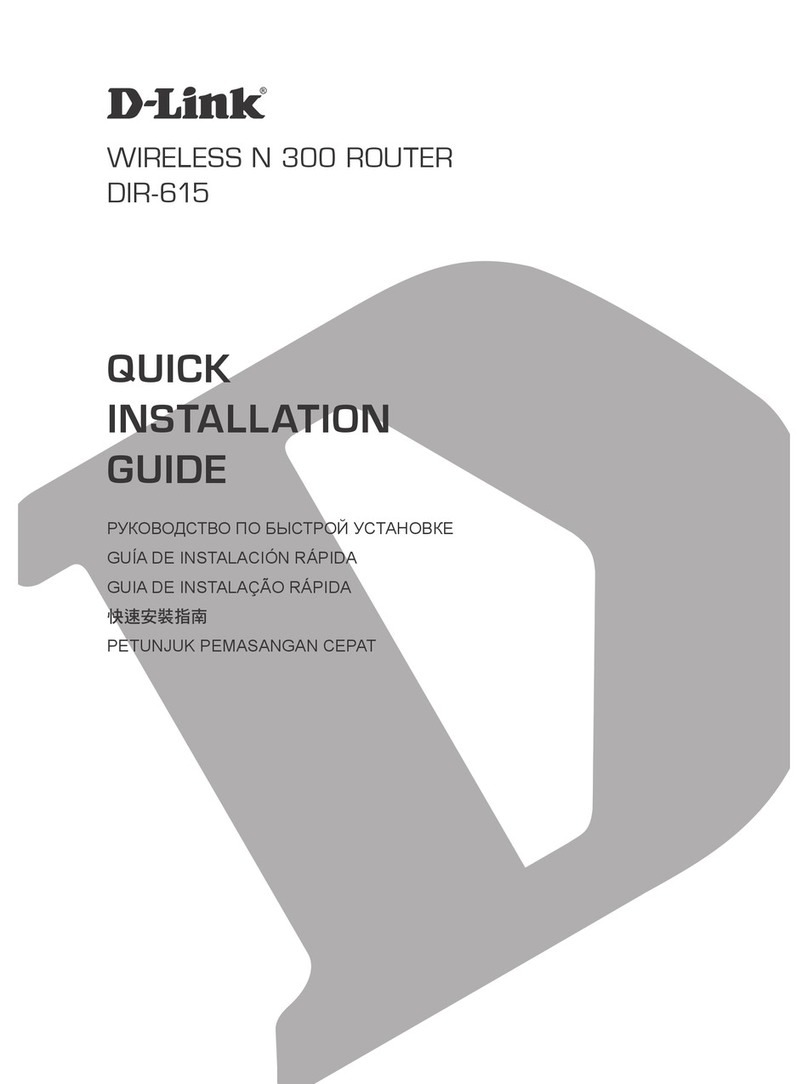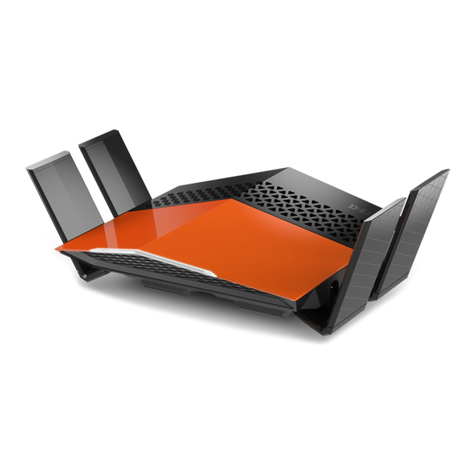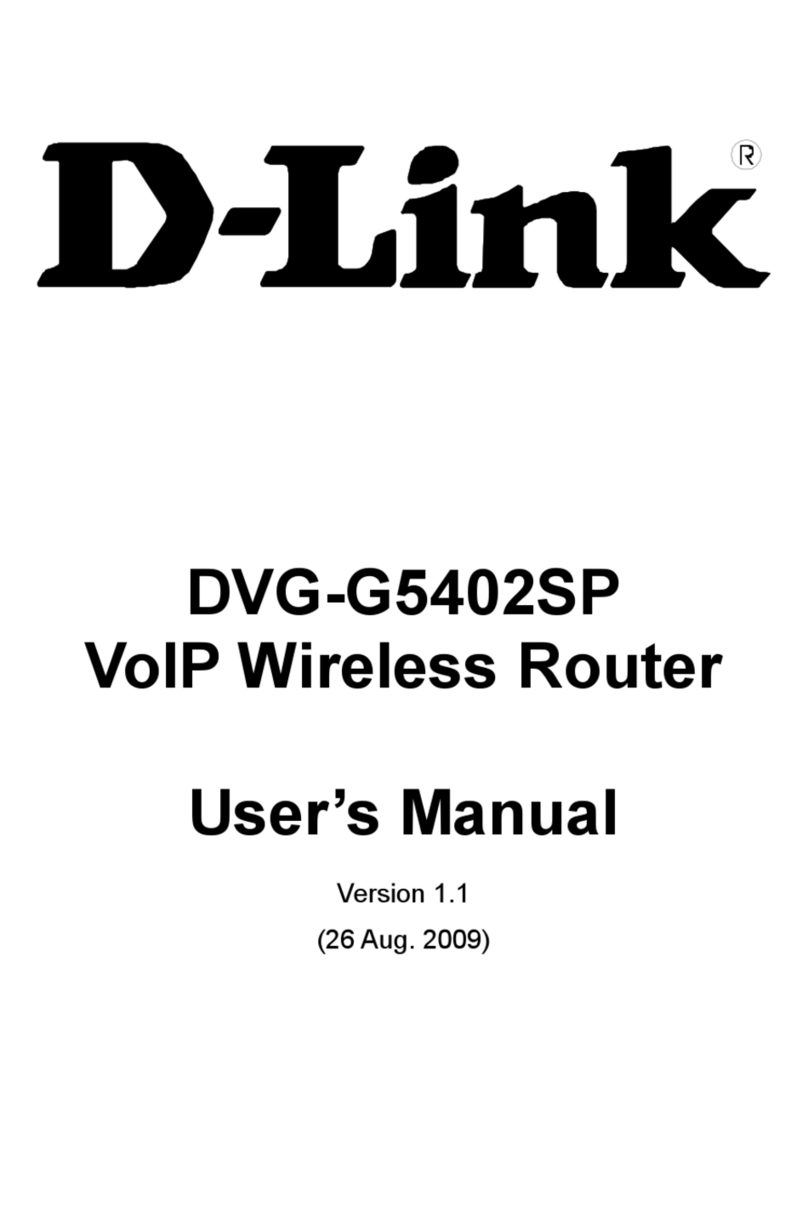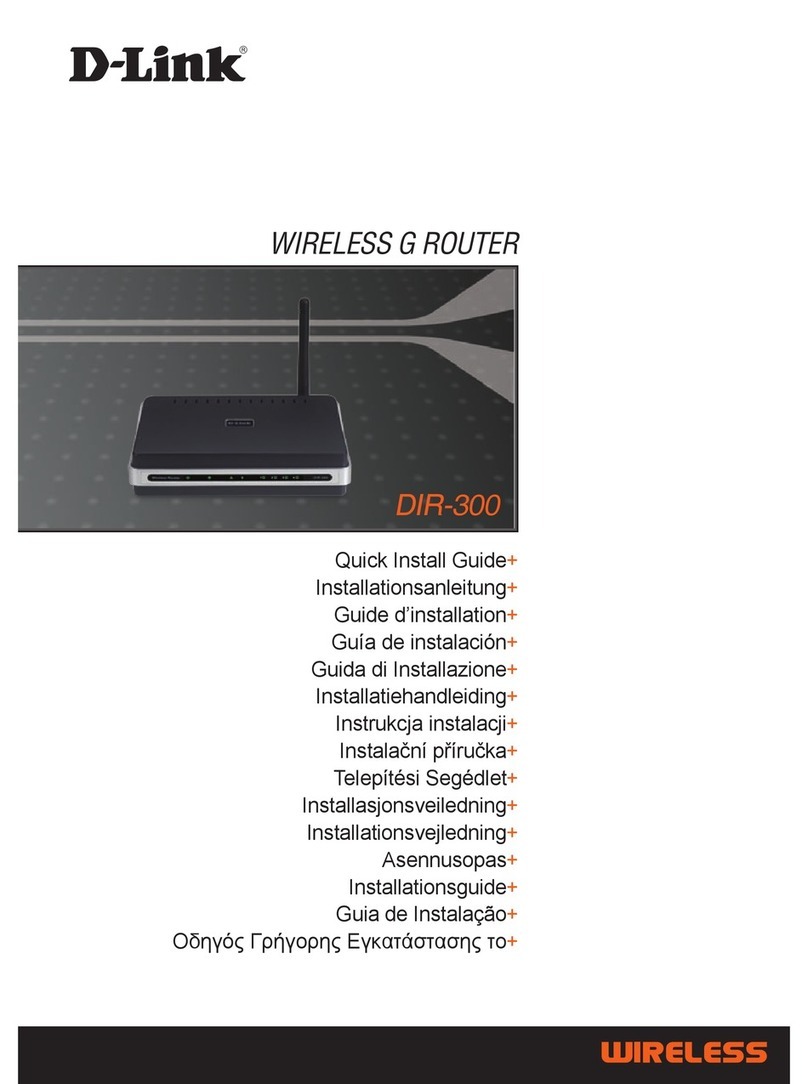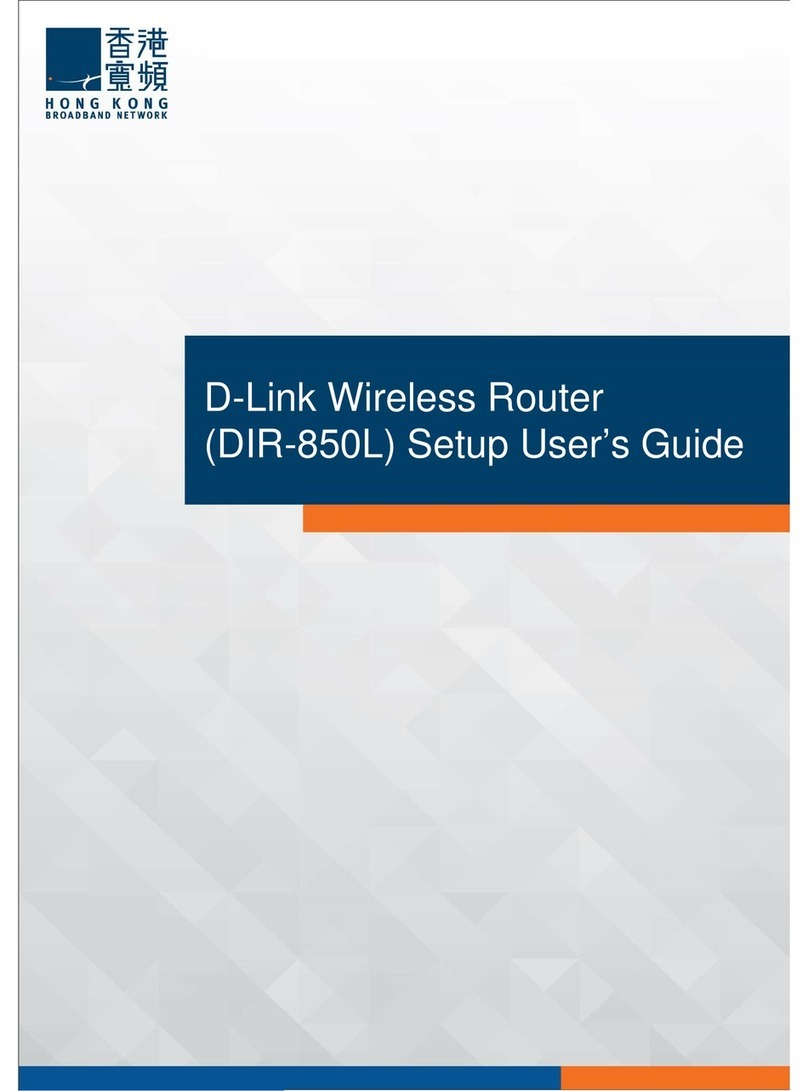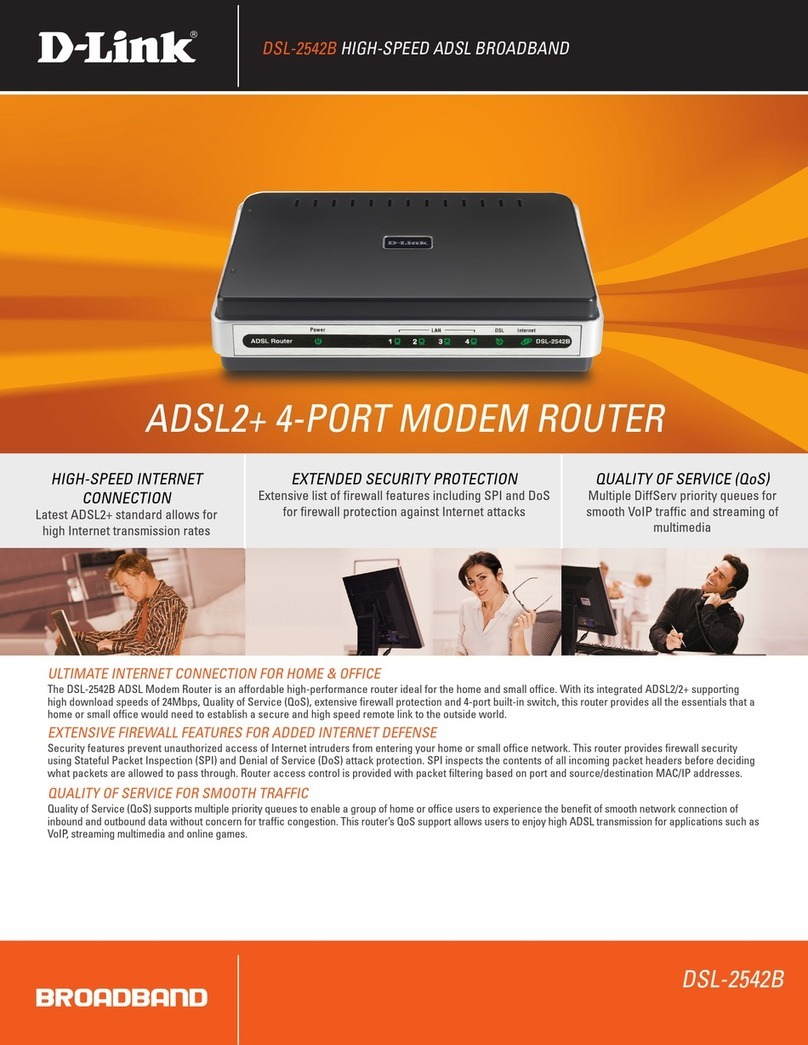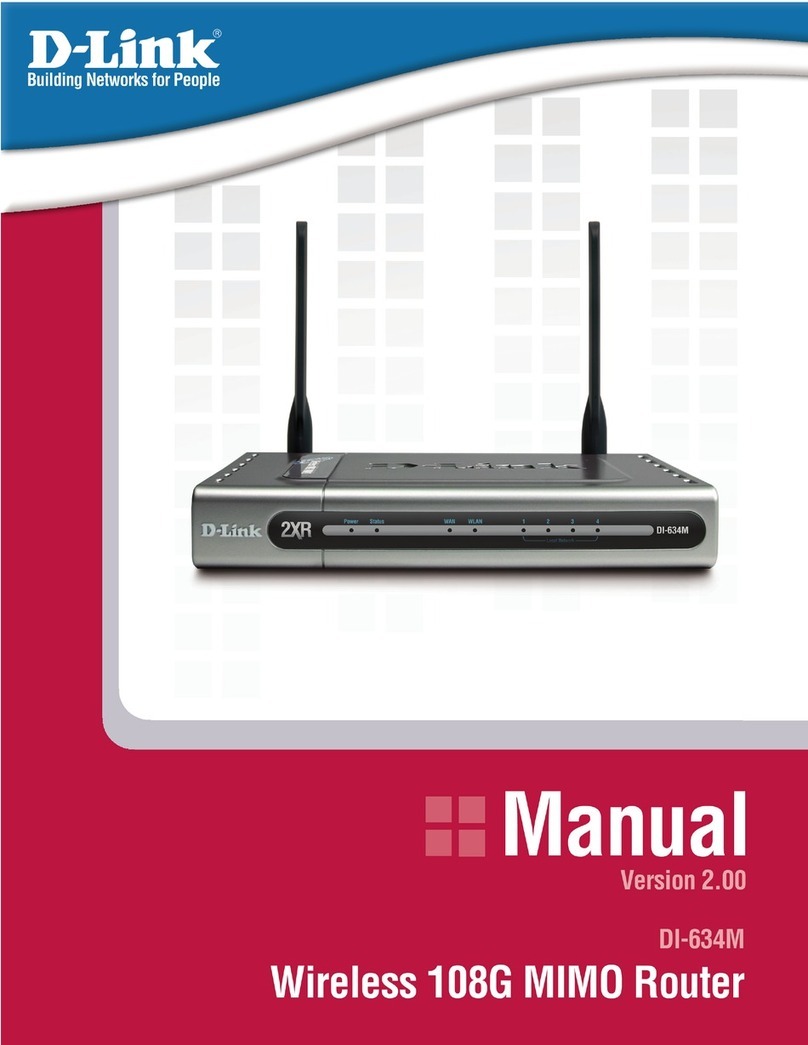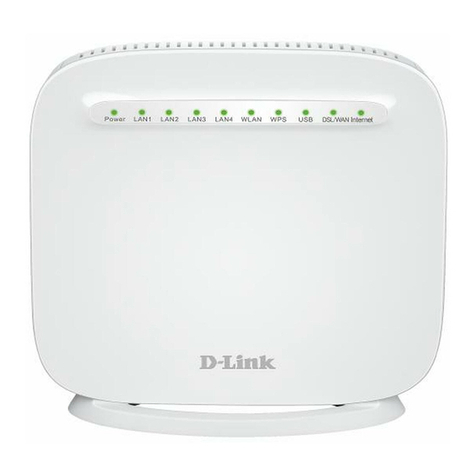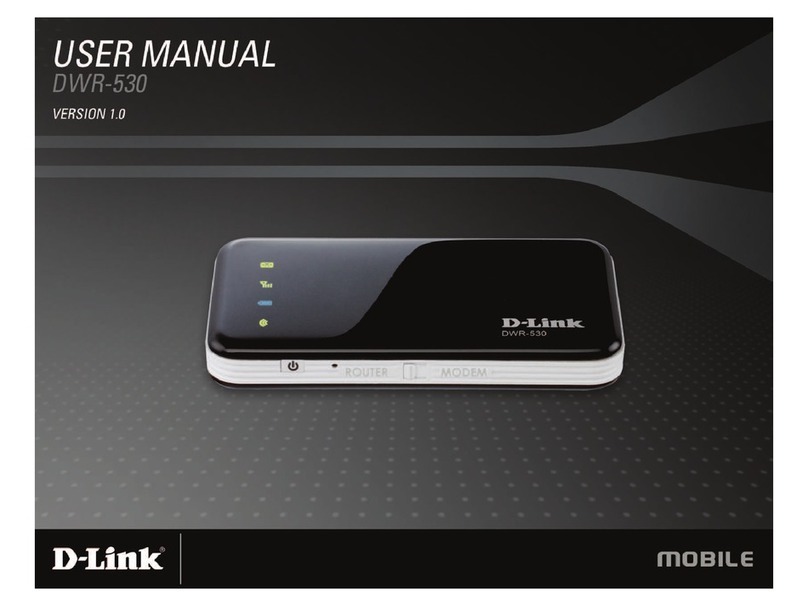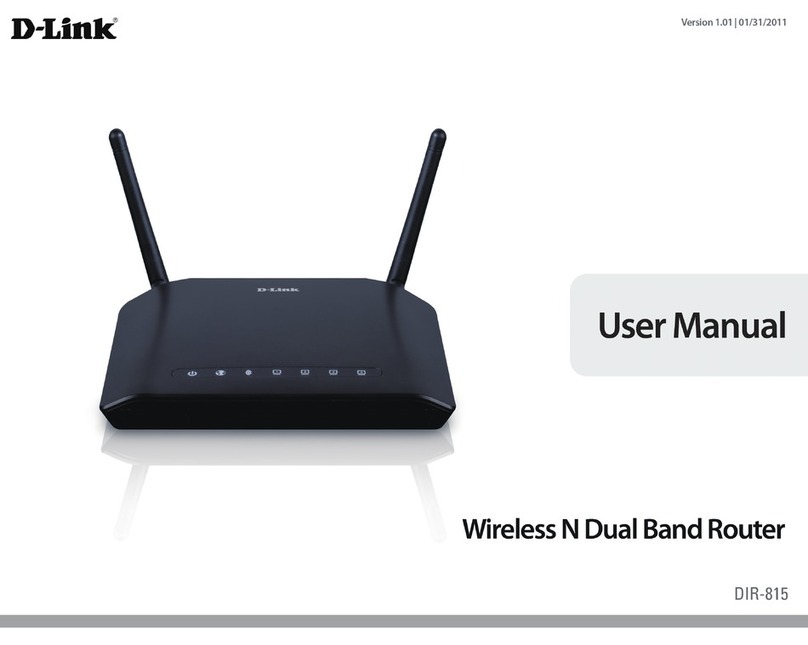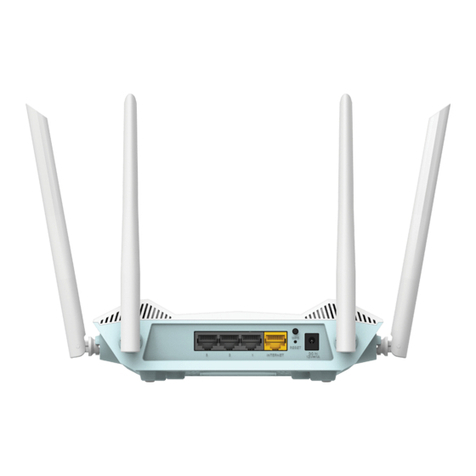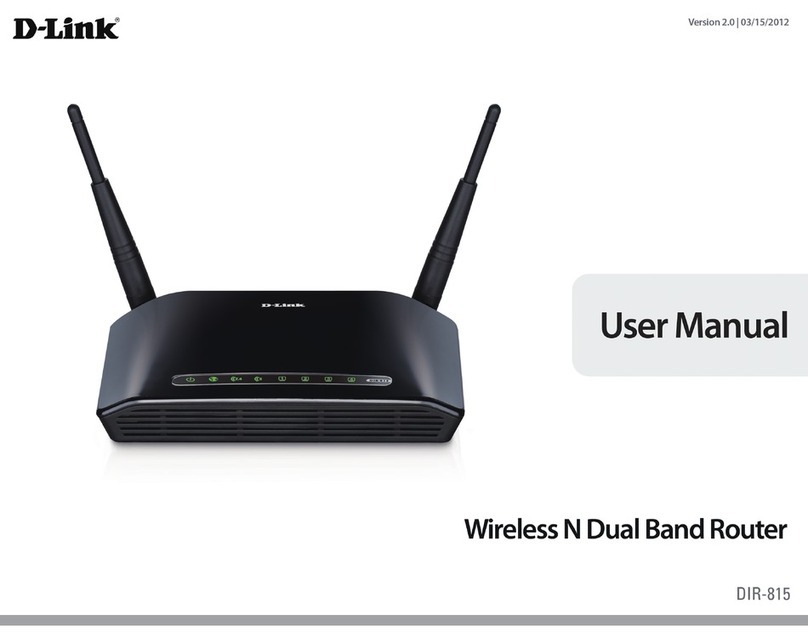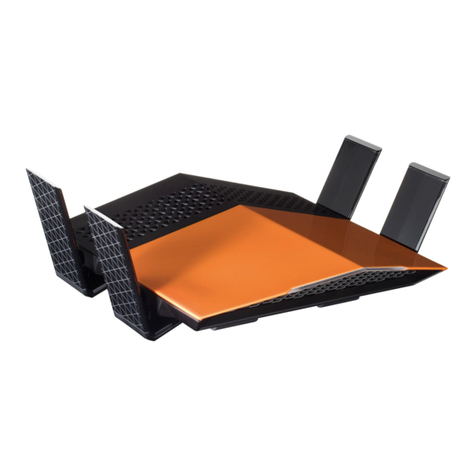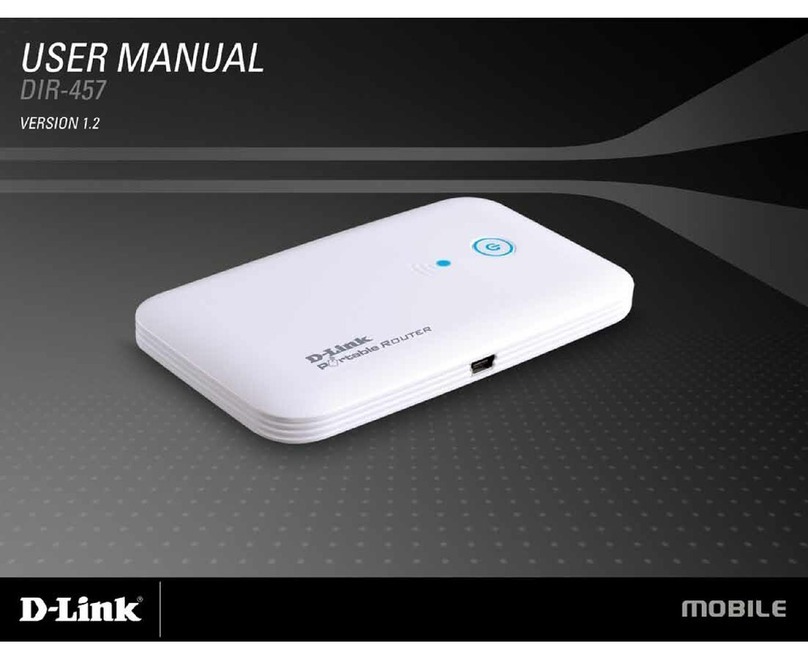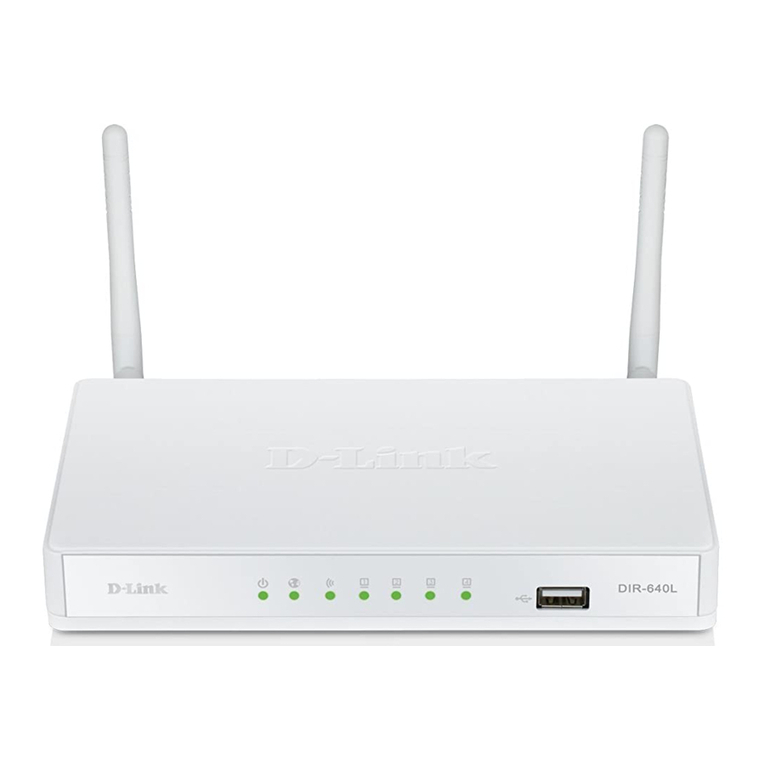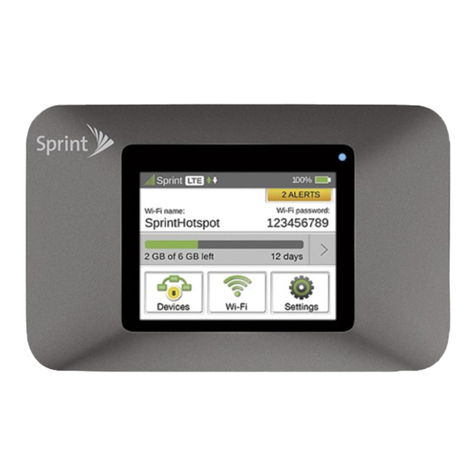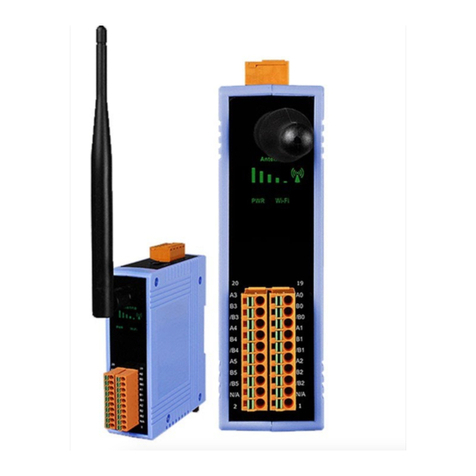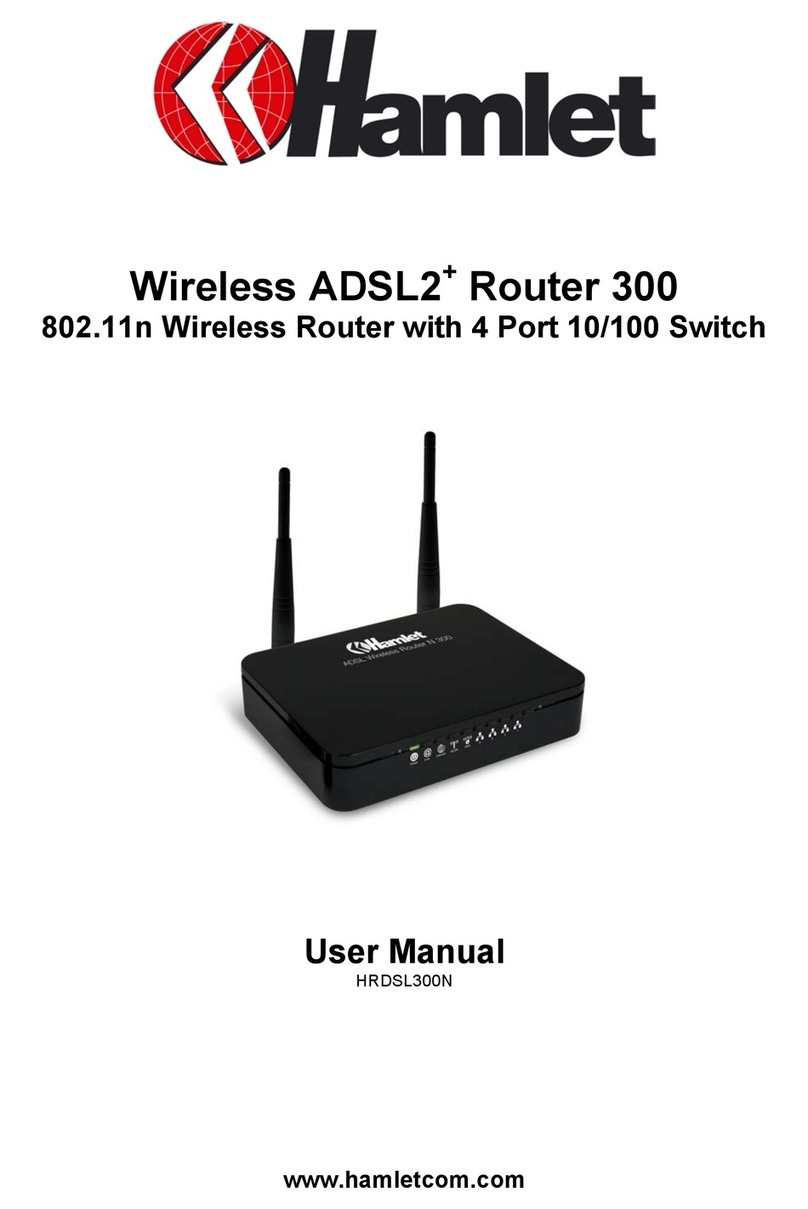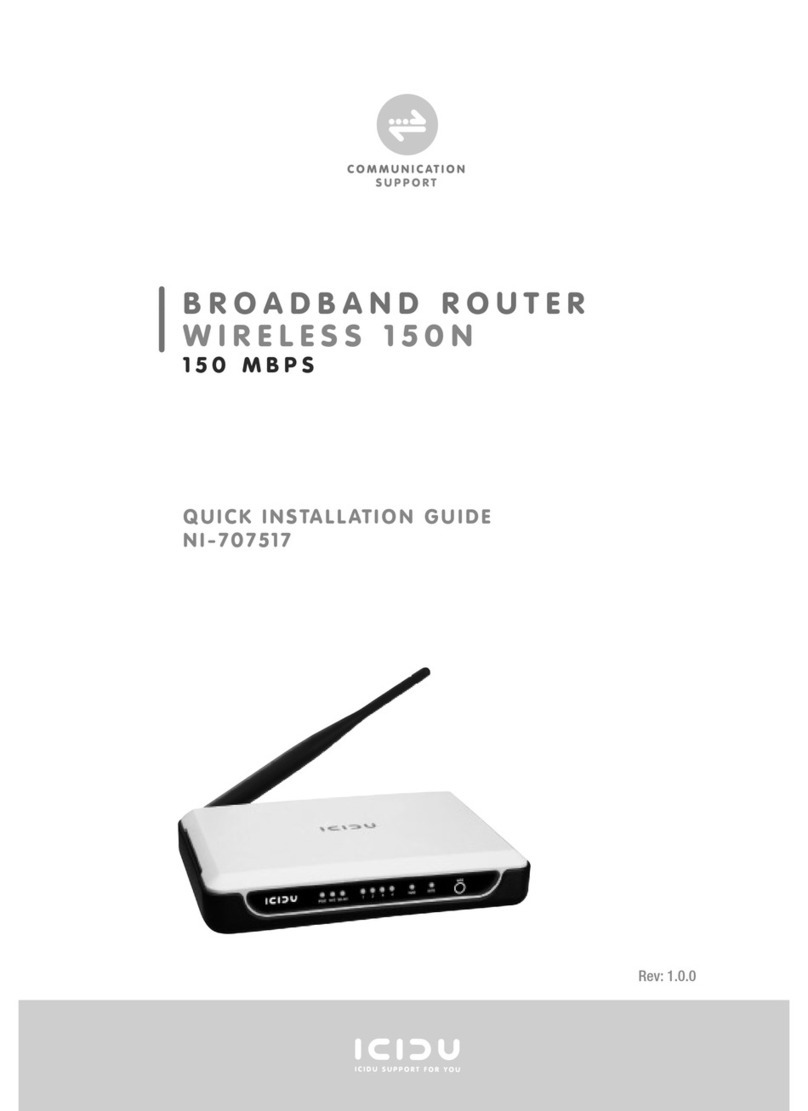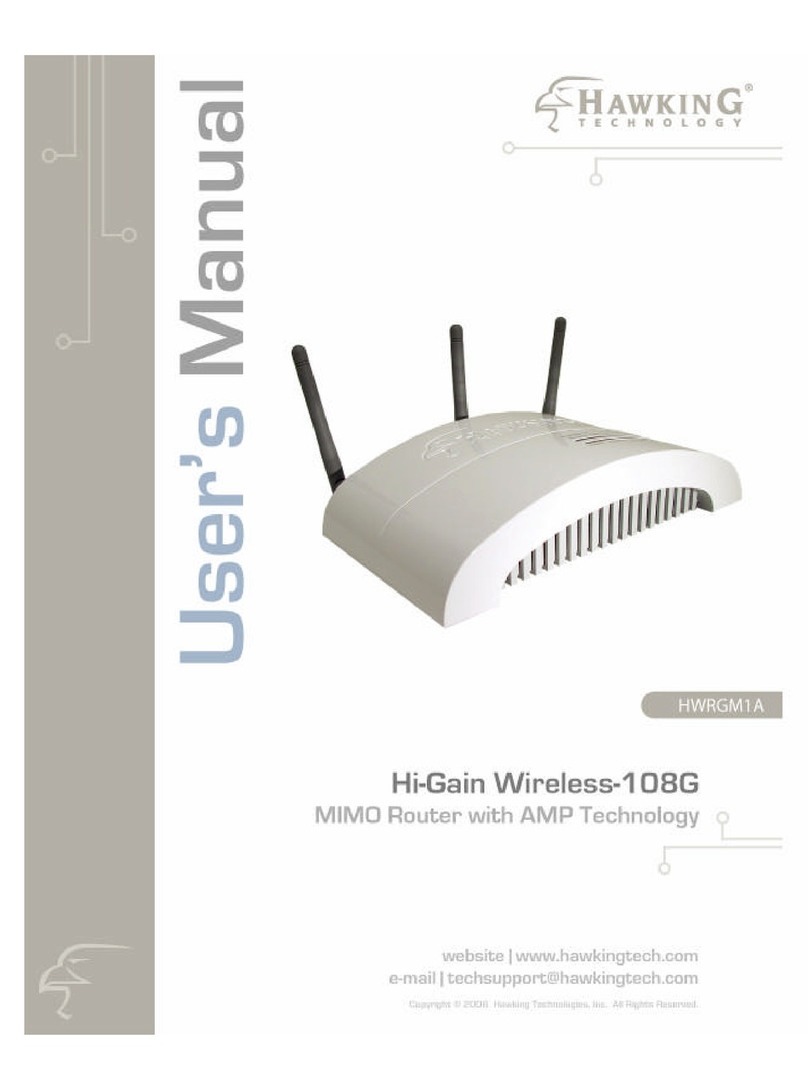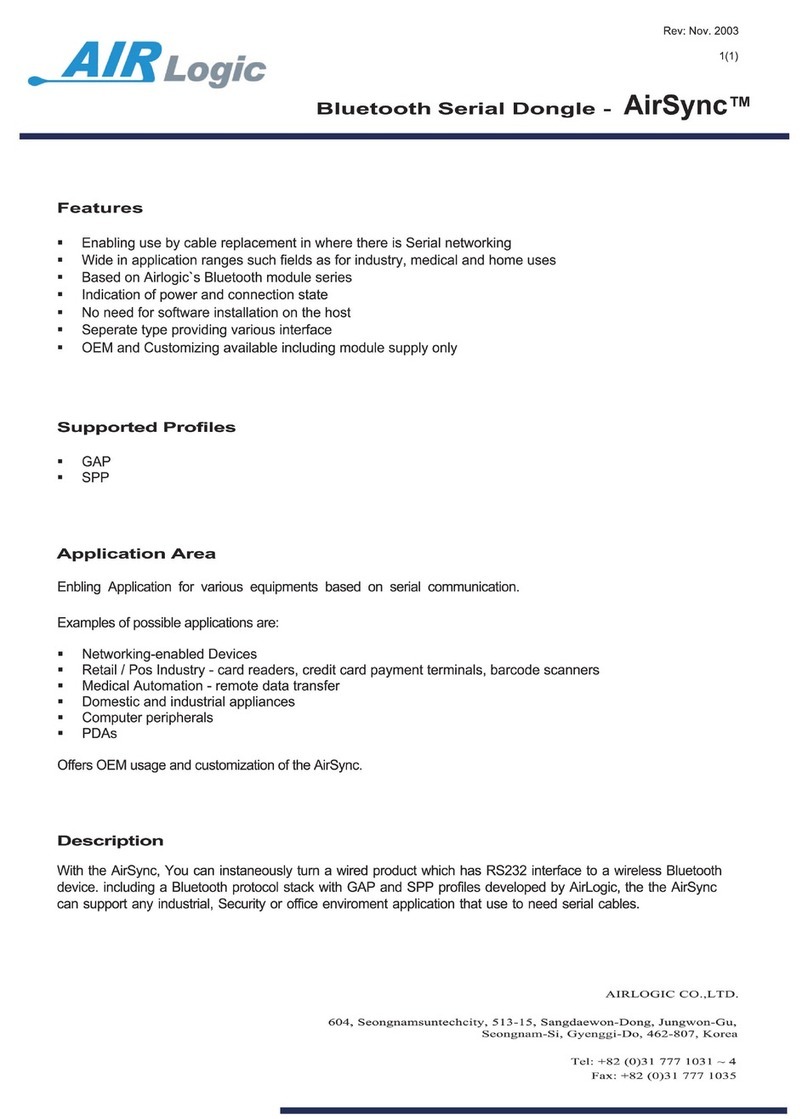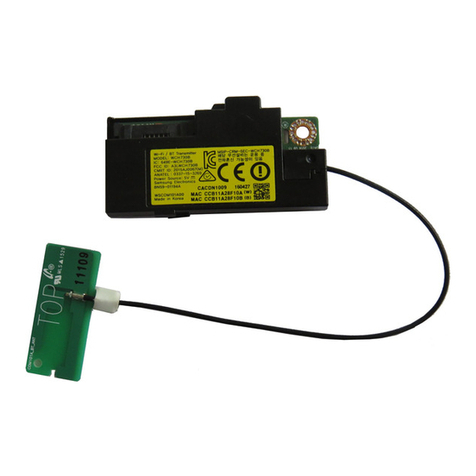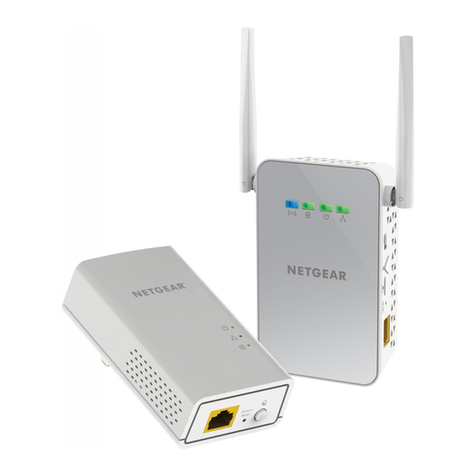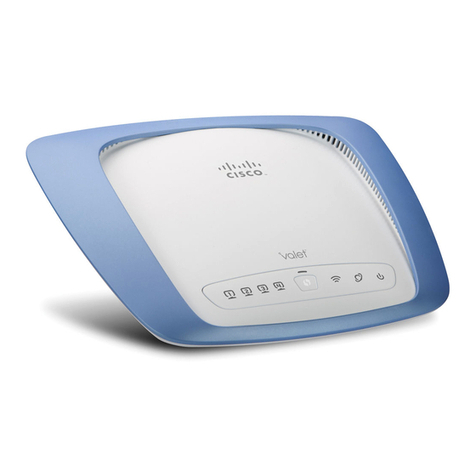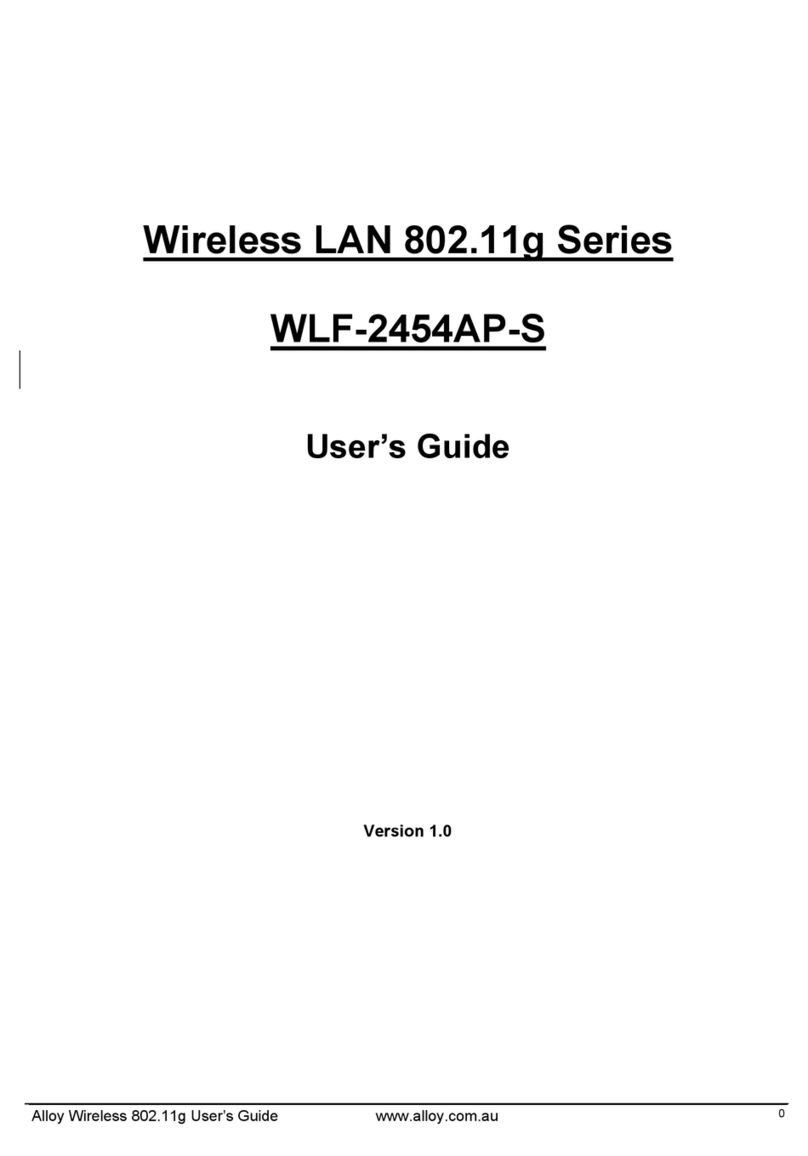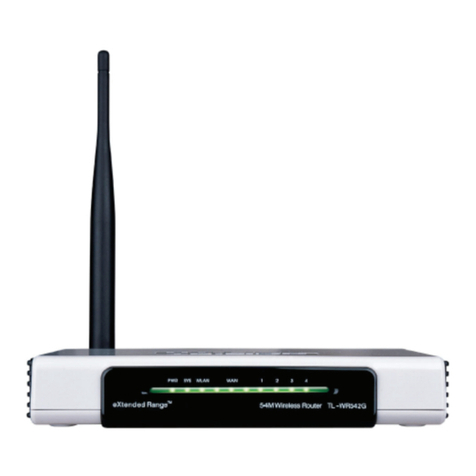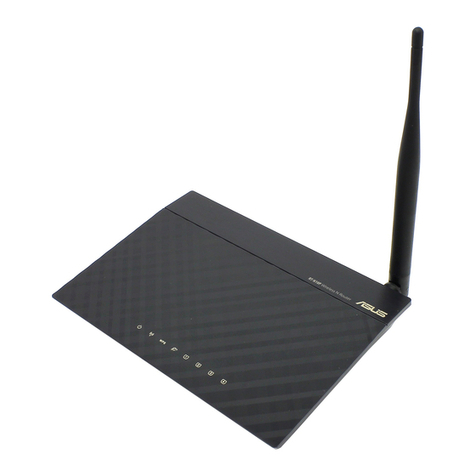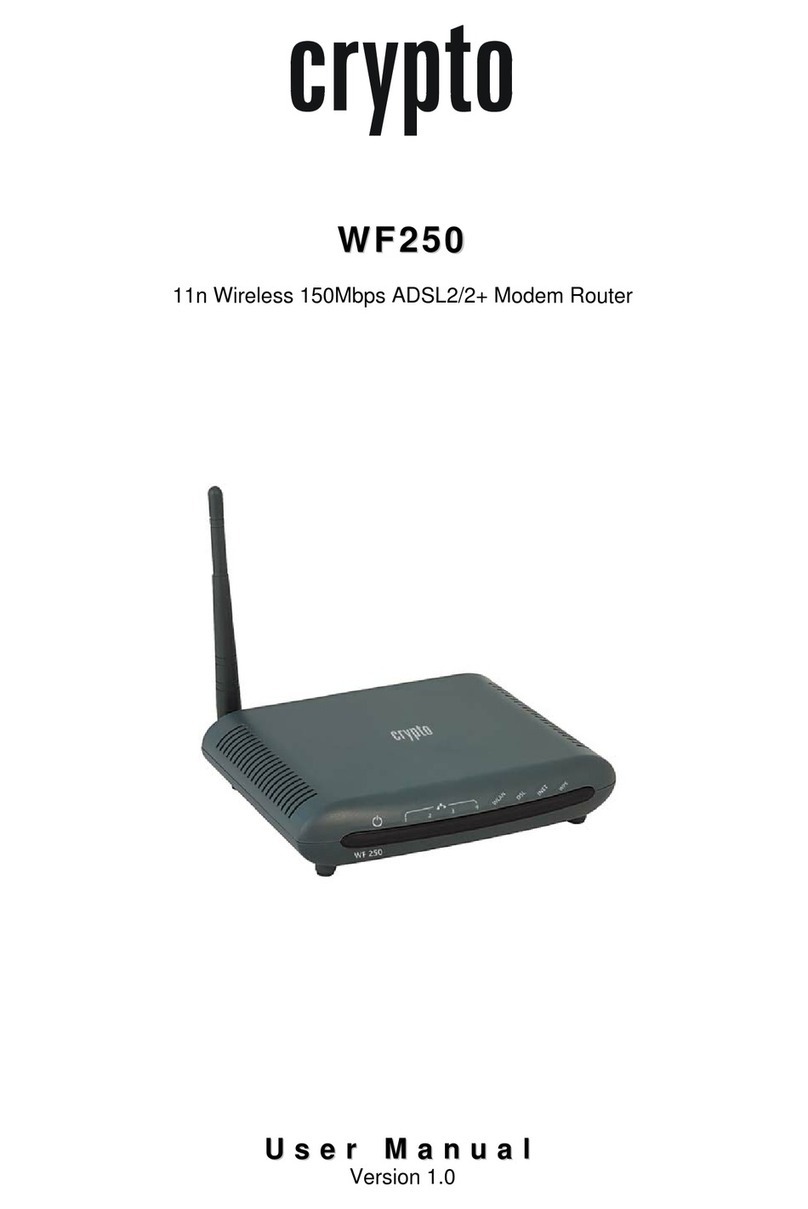6
D-Link AirPlus wireless products are based on industry standards to provide easy-to-
use and compatible high-speed wireless connectivity within your home, business or
public access wireless networks. Strictly adhering to the IEEE standard, the D-Link
AirPluswireless family ofproducts will allowyou to access thedata you want,when and
whereyouwantit.Youwillbeabletoenjoythefreedom that wirelessnetworkingdelivers.
Awireless local area network (WLAN)is a cellular computer networkthat transmits and
receives data with radio signals instead of wires. Wireless LANs are used increasingly
in both home and office environments, and public areas such as airports, coffee shops
anduniversities.Innovativeways to utilize WLAN technologyarehelping people to work
and communicate more efficiently. Increased mobility and the absence of cabling and
otherfixed infrastructure haveproven to bebeneficial for many users.
Wireless users can use the same applications they use on a wired network. Wireless
adapter cards used on laptop and desktop systems, support the same protocols as
Ethernetadaptercards.
Under many circumstances, it may be desirable for mobile network devices to link to a
conventional Ethernet LAN in order to use servers, printers or an Internet connection
supplied through the wired LAN. A Wireless Access Point (AP) is a device used to
providethis link.
Peopleuse wireless LAN technology for many different purposes:
Mobility - Productivity increases when people have access to data in any location
within the operating range of the WLAN. Management decisions based on real-time
informationcan significantly improveworker efficiency.
Low Implementation Costs – WLANs (Wireless LocalAreaNetworks) areeasy to set
up,manage,changeandrelocate.Networks that frequently change, both physicallyand
logically, can benefit from WLANs ease of implementation. WLANs can operate in
locations where installation of wiring may be impractical.
Installation Speed and Simplicity - Installing a wireless LAN system can be fast and
easy and can eliminate the need to pull cable through walls and ceilings.
Network Expansion - Wireless technology allows the network to go where wires
cannot go.
Reduced Cost-of-Ownership -Whiletheinitial investmentrequired forwireless LAN
hardwaremight be higher than thecost of wired LAN hardware,overall installation
expenses and life-cycle costs will be significantly lower. Long-term cost benefits are
greatestin dynamic environmentsrequiring frequent moves,adds, and changes.
Wireless Basics
